The Cretaceous-Paleogene extinction event that occurred approximately 66 million years ago stands as one of Earth’s most devastating mass extinctions. This cataclysmic event wiped out approximately 75% of all species, including the non-avian dinosaurs that had dominated terrestrial ecosystems for over 160 million years. Yet remarkably, birds—the feathered descendants of dinosaurs themselves—managed to survive this global catastrophe and subsequently diversify into the roughly 10,000 species we see today. This evolutionary triumph has puzzled scientists for decades, prompting numerous theories about how these seemingly fragile creatures weathered an apocalypse that claimed their larger relatives. In this article, we’ll explore six major theories that help explain birds’ remarkable survival when so many other species perished.
The Asteroid Impact and Its Devastating Consequences

Before delving into birds’ survival strategies, we must understand what they survived. Approximately 66 million years ago, an asteroid roughly 10-15 kilometers in diameter struck Earth near what is now the Yucatán Peninsula in Mexico, creating the Chicxulub crater. The immediate effects were catastrophic—tsunamis, wildfires, and a thermal pulse that would have incinerated life forms within thousands of kilometers. In the aftermath, dust and aerosols blocked sunlight for months or years, causing global cooling and disrupting photosynthesis worldwide. The collapse of food webs followed, with marine and terrestrial ecosystems experiencing devastating chain reactions of extinction. This event marks the boundary between the Mesozoic and Cenozoic eras, representing one of the most significant turning points in Earth’s biological history.
Theory 1: Size Advantage – Small Bodies, Big Survival Benefits

The first major theory explaining bird survival centers on their relatively small body size compared to their dinosaurian relatives. Most birds that survived the extinction were likely no larger than modern crows, requiring significantly less food than the massive non-avian dinosaurs. In a post-impact world where food resources were dramatically reduced, this smaller size meant birds could subsist on limited food supplies that wouldn’t sustain larger animals. Additionally, smaller bodies typically correlate with shorter generation times and faster reproductive rates, potentially allowing birds to adapt more quickly to changing conditions through natural selection. Research on fossil specimens suggests that the largest birds present before the extinction didn’t survive, supporting the hypothesis that being small provided a crucial advantage during this global catastrophe.
Theory 2: Dietary Flexibility – Seeds as Survival Food

The second theory focuses on the dietary adaptations of early birds, particularly their ability to consume seeds. Paleontological evidence suggests that many of the bird lineages that survived the extinction event possessed beaks adapted for seed-eating. Seeds represent an extraordinary survival food—they’re nutritionally dense, can remain viable for extended periods, and are essentially packets of stored energy that don’t require immediate sunlight to provide nourishment. While the post-impact darkness would have devastated plant growth, existing seed banks in soils worldwide would have remained available as a food source. Recent studies examining bird fossils from before and after the extinction show a shift toward more seed-eating adaptations in survivor species. This dietary flexibility likely proved crucial when other food sources disappeared during the extended “impact winter” that followed.
Theory 3: Terrestrial Advantage – Ground Dwelling as a Survival Strategy

The third theory suggests that birds with ground-dwelling habits had better survival odds than their tree-dwelling counterparts. When the asteroid struck, massive forest fires swept across much of the planet, followed by a prolonged period where reduced photosynthesis led to widespread forest die-offs. In this scenario, arboreal species that depended entirely on forest habitats would have faced immediate habitat loss. Paleontological evidence indicates that many bird lineages that survived were those adapted to ground living or those that could utilize diverse habitats including open ground. The ancestors of modern bird groups like chickens, ducks, and ratites (ostrich relatives) show adaptations for terrestrial lifestyles that predated the extinction event. Their ability to forage and nest on the ground may have proved decisive when forests were decimated worldwide.
Theory 4: Metabolic Advantages – Efficient Energy Use
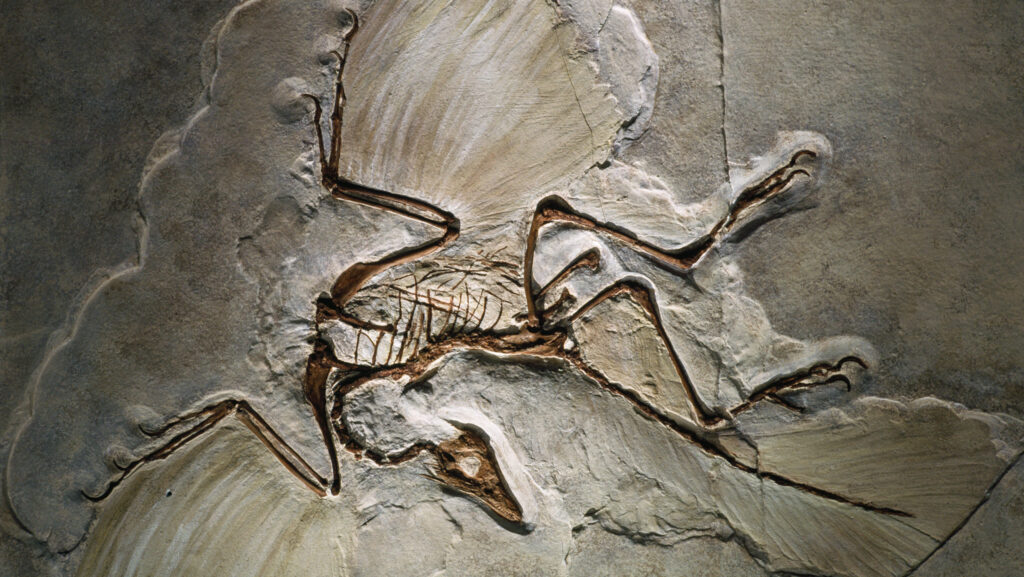
The fourth theory centers on birds’ unique metabolic adaptations that may have helped them weather food shortages. Birds possess remarkably efficient respiratory systems with air sacs that enable one-way airflow through their lungs, maximizing oxygen extraction efficiency. This respiratory efficiency, combined with their high body temperatures and well-developed cardiovascular systems, allows birds to process energy more effectively than many other vertebrates. Recent research comparing the metabolic adaptations of modern birds with fossil evidence suggests these traits were already developing in the avian lineages that survived the extinction. During a period of resource scarcity, even marginal advantages in metabolic efficiency could have made the difference between extinction and survival. Additionally, some birds can enter torpor—a state of reduced metabolism—during food shortages, potentially providing another survival mechanism during the post-impact period.
Theory 5: Cognitive Flexibility – Problem-Solving for Survival
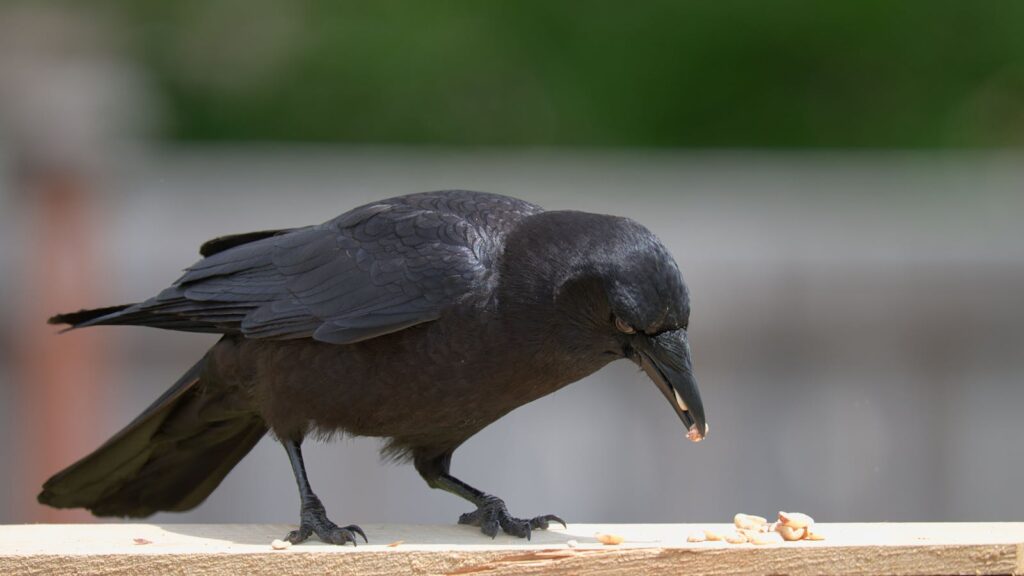
The fifth theory highlights the potential role of cognitive abilities in birds’ survival. Modern birds demonstrate remarkable problem-solving abilities, tool use, and behavioral flexibility—characteristics that would prove invaluable during rapidly changing environmental conditions. While it’s challenging to assess the cognitive abilities of extinct species directly, comparative studies of brain-to-body ratios in fossil specimens suggest that surviving bird lineages had relatively larger brains than many of their extinct relatives. This enhanced neural capacity likely allowed survivor species to adapt their behaviors quickly in response to new challenges, such as finding alternative food sources or creating nests in new environments. Recent research in avian neuroscience indicates that birds’ neural organization, while different from mammals, allows for complex cognitive functions despite their small brain size. This cognitive flexibility may have provided crucial behavioral adaptations during the extinction crisis.
Theory 6: Aquatic Refugia – Water Environments as Sanctuaries

The sixth theory proposes that birds associated with aquatic environments had survival advantages during the extinction event. Freshwater ecosystems may have been somewhat buffered from the immediate effects of the impact, with water bodies providing thermal stability and filtering some atmospheric pollutants. Fossil evidence indicates that many early surviving bird lineages had adaptations for aquatic or semi-aquatic lifestyles, including ancestors of modern ducks, geese, and shorebirds. These environments likely maintained more stable food webs than terrestrial systems, with aquatic invertebrates and small vertebrates continuing to provide food sources even as terrestrial ecosystems collapsed. Additionally, water bodies would have been less susceptible to the immediate effects of global wildfires. Recent geological studies examining sediment layers from the extinction boundary show evidence that freshwater ecosystems recovered more quickly than terrestrial ones, supporting this theory.
Fossil Evidence: What the Record Tells Us
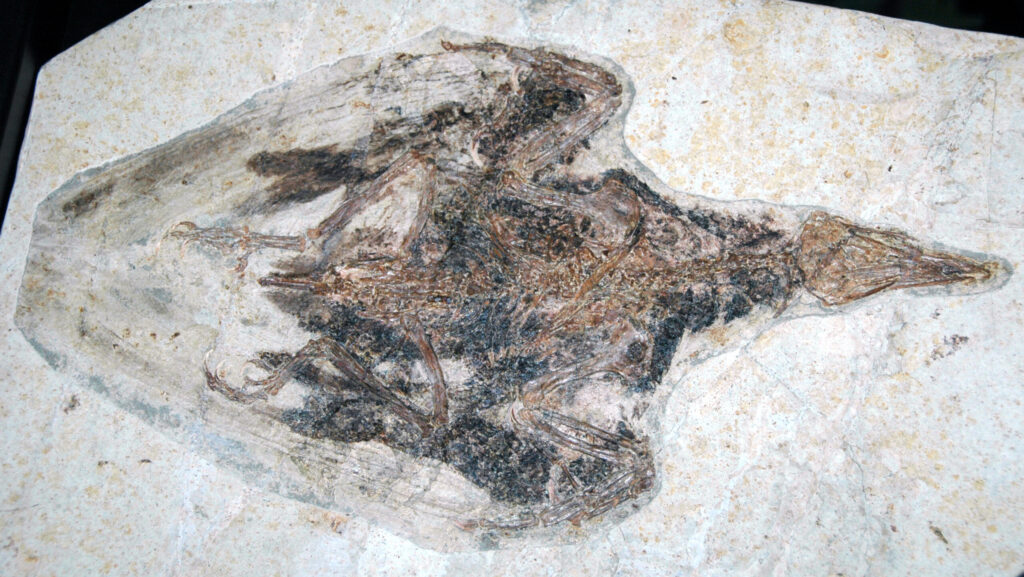
The fossil record provides crucial insights into which bird groups survived the extinction event. Most modern bird orders appear to have originated in a relatively rapid diversification period after the extinction, suggesting a classic evolutionary radiation into newly vacant ecological niches. Recent discoveries from China, North America, and Europe have yielded exceptionally preserved bird fossils from both before and after the extinction boundary. These specimens show that certain anatomical features were more common in survivors, including beaks adapted for diverse diets and leg structures suited for both perching and ground movement. Detailed studies of microscopic bone structures also indicate that surviving lineages had reached reproductive maturity more quickly than extinct ones, supporting the theory that faster life cycles proved advantageous. The fossil record thus provides physical evidence that complements and strengthens the theoretical frameworks explaining bird survival.
Genomic Insights: DNA’s Story of Survival
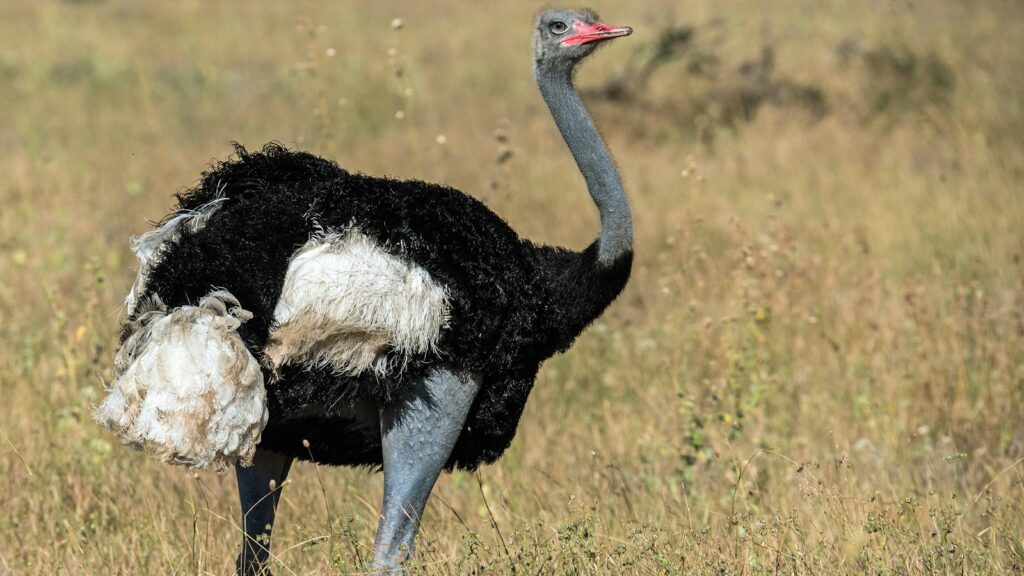
Modern genomic research has added another dimension to our understanding of bird survival. By comparing the genomes of diverse modern bird species, scientists can identify genetic bottlenecks—periods when bird populations crashed dramatically, leaving genetic signatures that persist today. Several studies have identified such signatures dating to approximately 66 million years ago, corresponding precisely with the extinction event. Additionally, molecular clock analyses suggest that all modern birds descended from a relatively small number of ancestral lineages that survived the extinction. Genomic research has also revealed that surviving bird lineages possessed certain genetic adaptations related to immune function, metabolism, and stress response that may have provided survival advantages. These genetic studies complement the fossil record by providing evidence of evolutionary processes that might not be visible in physical remains alone.
Competitive Advantage: The Dinosaur-Free World

One often overlooked aspect of bird survival is the tremendous ecological opportunity that followed the extinction event. With the disappearance of non-avian dinosaurs, countless ecological niches became vacant, creating unprecedented opportunities for the surviving bird lineages to diversify. The early Cenozoic era saw birds rapidly evolving to fill roles previously occupied by other species, from small insectivores to larger predatory forms. This ecological release from competition likely accelerated birds’ evolutionary radiation into new forms and functions. Recent ecological modeling based on fossil communities suggests that surviving birds initially expanded into ecological roles previously unavailable to them due to competition from now-extinct groups. This post-extinction advantage doesn’t explain their initial survival, but it helps explain their subsequent success and diversification into one of Earth’s most diverse vertebrate groups.
Limitations of Current Theories
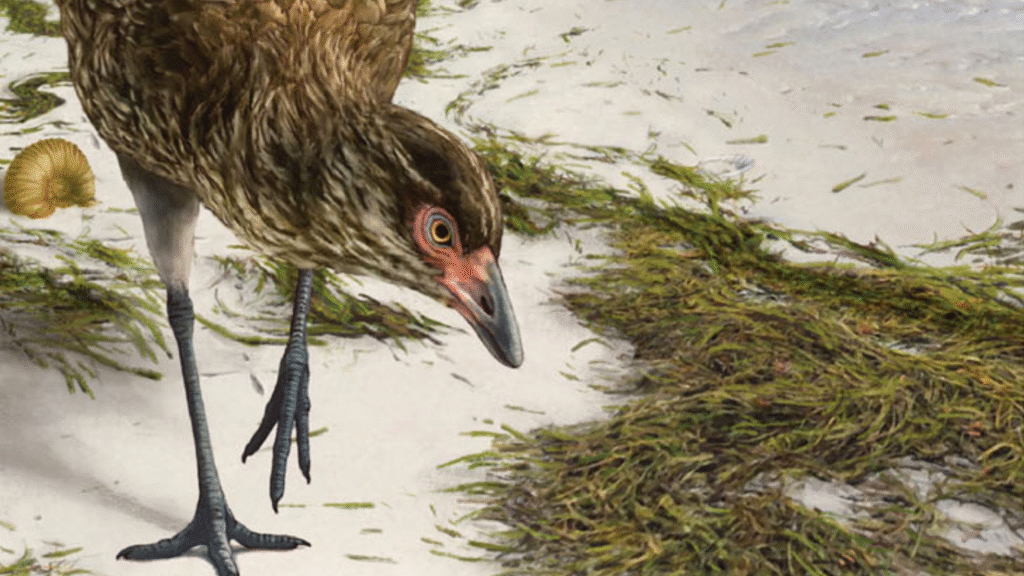
Despite significant advances in our understanding, important limitations remain in our knowledge of bird survival. The fossil record, while increasingly detailed, still contains significant gaps, particularly for small, fragile bird skeletons that preserve poorly. This preservation bias means we may lack fossils from some surviving lineages, potentially skewing our understanding of which traits proved most important. Additionally, the complexity of the extinction event itself—with multiple environmental changes occurring simultaneously—makes it difficult to isolate which specific factors were most critical for bird survival. Some researchers also note that luck and chance played significant roles in determining which species survived; geographic location at the time of impact could have been as important as any adaptive trait. These limitations remind us that while we have compelling theories, the full story of bird survival remains incomplete and subject to revision as new evidence emerges.
Modern Implications: Lessons for Conservation
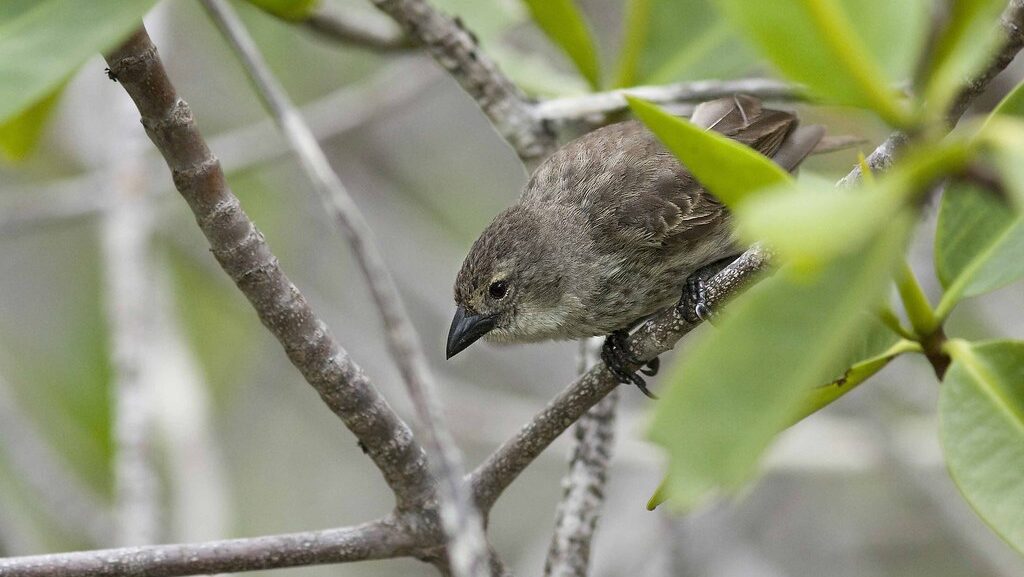
The survival of birds through Earth’s most recent mass extinction offers potential insights for conservation biology today. As we face the challenges of human-caused climate change and habitat destruction, understanding which traits helped birds survive previous environmental catastrophes may help predict which species are most vulnerable now. Research on extinction selectivity suggests that dietary specialists, large-bodied species, and those with slow reproductive rates face heightened extinction risk during rapid environmental change—patterns that appear consistent across evolutionary time. Conservation biologists increasingly apply these evolutionary insights when developing protection strategies for threatened bird species. Additionally, the relatively rapid recovery of bird diversity after the extinction event provides some hope that, given sufficient time and protection, biodiversity can rebound even from severe environmental disruptions. This evolutionary perspective offers both caution about extinction risks and optimism about nature’s resilience.
The Evolutionary Legacy: Birds as Living Dinosaurs

Perhaps the most profound aspect of birds’ survival is that they represent the continuation of the dinosaur lineage into the present day. Modern phylogenetic analyses confirm that birds are not merely related to dinosaurs—they are dinosaurs, specifically members of the theropod group that includes Velociraptor and Tyrannosaurus. Their survival means that dinosaurs never truly went extinct but instead continue to thrive in modified form, with over 10,000 species worldwide. This evolutionary continuity provides a remarkable example of how catastrophes can reshape but not completely eliminate major evolutionary lineages. The bird skeleton, with its hollow bones, fused vertebrae, and specialized limbs, still carries the unmistakable signature of its dinosaurian heritage. When we observe a hummingbird’s rapid flight or an ostrich’s powerful run, we’re witnessing the living legacy of adaptations that began developing over 150 million years ago in their dinosaur ancestors.
Conclusion: A Symphony of Survival Factors

The survival of birds through the Cretaceous-Paleogene extinction event likely resulted from a combination of all the factors discussed rather than any single advantage. Their small size, dietary flexibility, ground-dwelling habits, efficient metabolism, cognitive abilities, and utilization of aquatic environments collectively created a perfect storm of survival traits. This evolutionary success story reminds us that survival during mass extinctions often depends on multiple adaptations that coincidentally prove beneficial during specific crisis conditions. Birds’ continued success—evolving into one of the most diverse and widespread vertebrate groups on the planet—stands as testament to the remarkable resilience of life on Earth. As we face current environmental challenges, the story of how birds weathered Earth’s previous apocalypse offers both sobering warnings about extinction vulnerability and hopeful lessons about evolutionary resilience and recovery.
